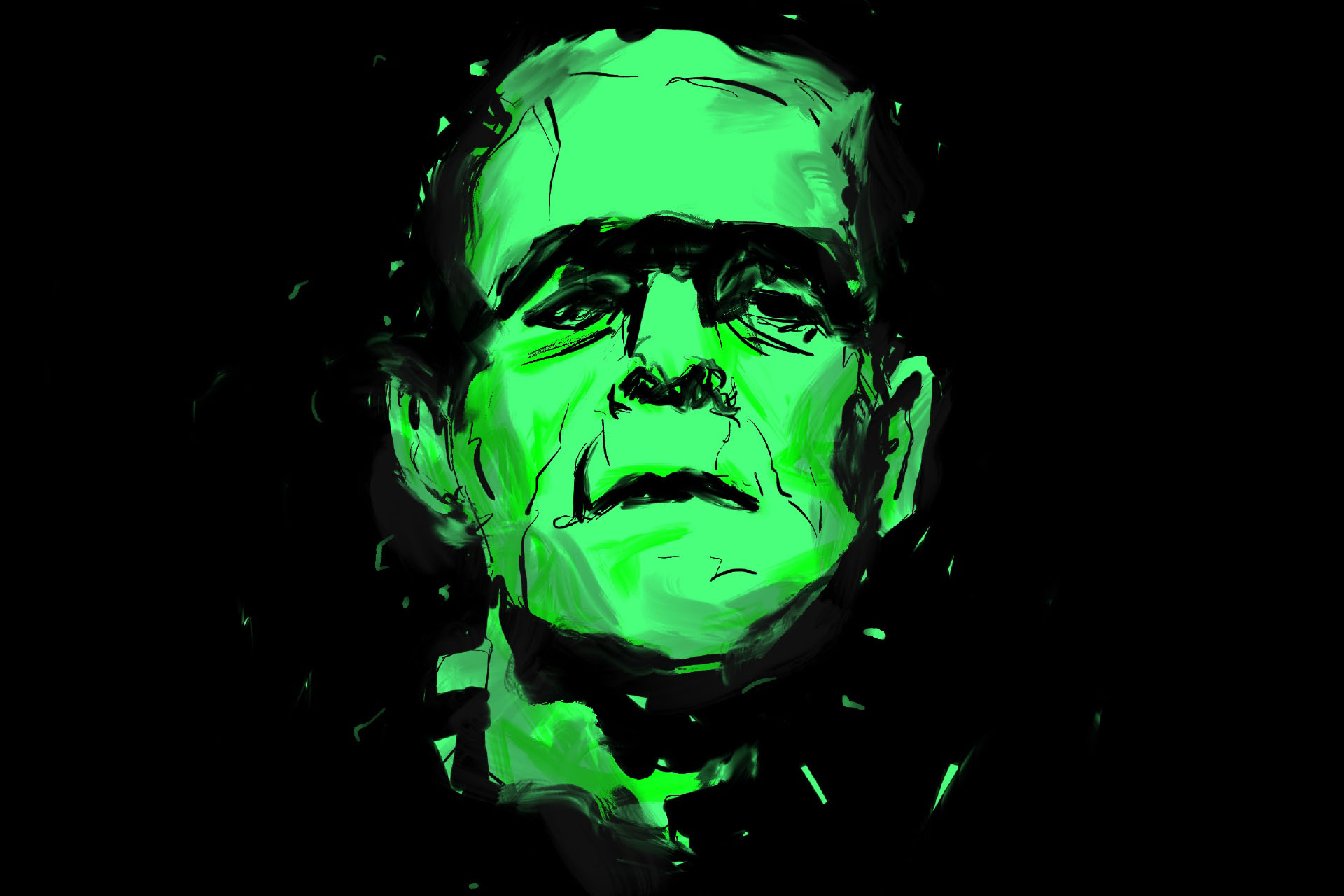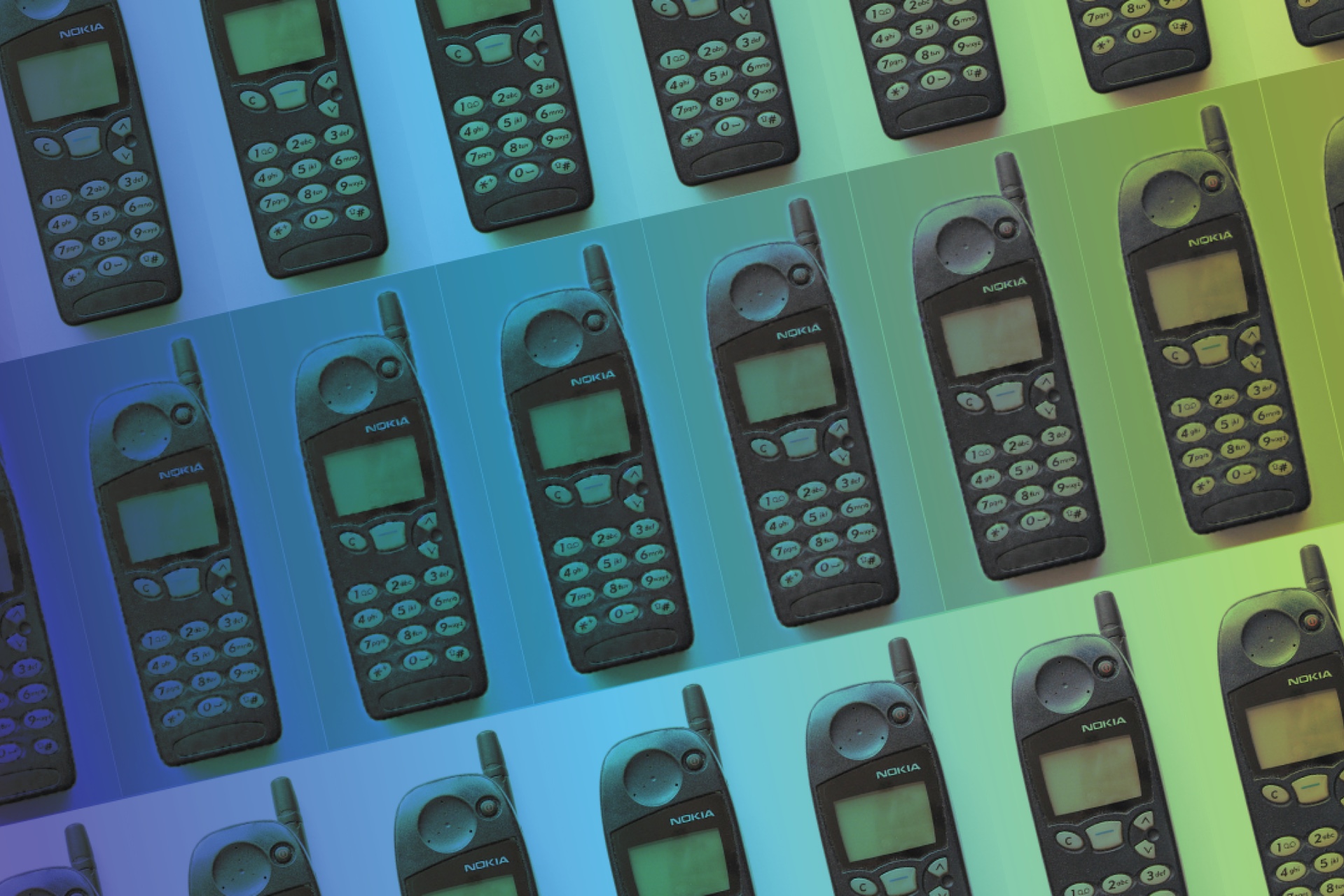Shifting Our Focus Back to the User
5 min read
As humans, we strive to be productive in our daily lives. At the end of the workday, we want to feel like we’ve accomplished something. We gravitate towards articles telling us how to be more productive with these ‘8 simple steps’ or how we should ‘mold our morning routines’ to begin our day on the right foot.
How many organization, time tracker, and to-do list apps have you downloaded in hopes of improving your productivity? Why do we do it? Because it feels good to check things off a list, and it gives us a sense of accomplishment and a tangible measurement of success. At the end of the day, I love saying, “I crossed all 10 items off my to-do list.”
So it makes sense that the business world has adopted similar ways to measure success—that their to-do lists consist of tangible things: Were the items delivered on time? Did we maintain the schedule? How many features can we implement (as fast as possible) to stay competitive? How can we measure our ROI?
Focusing on these tangible items allows us to easily measure successes and failures, but are these really the best measurements of value?
Shifting our Focus
What if our main form of measuring success was actually on outcomes (the problems we are solving for customers) and not outputs (ship dates and number of features created)?
If you shift your primary focus to designing a solution for user outcomes, your features can then support this end goal. Your definition of ‘done’ changes to when users can reach their goals and their user story is complete, not when a feature is implemented or a product is shipped. As a result, when users interact with your product, they will be given a direct route to success, because only features aligning with the outcome goal were created. They won’t have to stumble through unnecessary flows.
What if our main form of measuring success depended on how well we solved user pain-points?
Who has found success with putting outcomes before outputs?
Airbnb is a great example of a company with the outcome before output mindset. At the most basic level, Airbnb is selling exactly what a hotel does, a place to stay. Why then are users so drawn to their company? It’s because they are focused on the why, the differences they are going to make in people’s lives. Just as Simon Sinek states in his TED talk, “People don’t buy what you do, they buy why you do it.”
Their tagline says it all: “Don’t go there. Live there.” Airbnb’s purpose is to create a unique travel experience and make users feel like locals in all cities (outcome). The app experience supports this outcome with their features. The matching feature connects the right guest to the right host and the guidebook shares host tips, in turn, making the user feel like a local.
The alignment of these features and their human-centered mindset speaks for itself with how successful their brand has become.
This all sounds cool, but what tangible benefits can this focus shift provide my team?
Replacing your output/feature driven mindset to an outcome (user) driven mindset has these benefits:
- Time saved: Focusing on the right goals and the value provided to customers eliminates unnecessary directional changes and rework in the project.
- Money saved: Features not providing value to the user’s story are cut when we understand their real needs. As a result, your company avoids spending unnecessary funds.
- Real impact is made: The life of the user is improved when the focus is put on resolving their pain-points. User happiness leads to positive customer reviews and brand loyalty.
The life of the user is improved when the focus is put on resolving their pain-points.
How do I make the shift?
Before making any process changes, you need to first shift your mindset to a human-centered one, if you haven’t already. Now, you can implement these into your workflow:
- User Research: Identify who would use your product and schedule visits with target users. Visit them in their environment to understand how their surroundings could affect task completion. On your visits, ask users about what they’re doing, why they are doing it, and invite them to share pain points along the way. By understanding your users, you’ll be able to focus on the outcomes needed, not features.
- Creating Personas: Once you’ve conducted user research, you can take this information and create personas that represent the users of the product. The personas are tools with which you can create empathy. They’ll serve as a reminder of who you’re designing for, and why, instead of designing for design sake.
- Usability Testing: Once designs are ready, taking them back out to users will ensure you have met their goals and that they will provide value. By utilizing unbiased, open discussion techniques, and task-based scenarios, facilitators are able to quickly see which features are of use, and which may need to be changed, or removed altogether.
By understanding your users, you’ll be able to focus on the outcomes needed, not features.
We realize tangible outputs are important in tracking productivity and we aren’t asking you to get rid of them, but to take deliverable handoffs, ship dates, and feature deadlines out of the spotlight and put them in a supporting role. Your efforts won’t go unnoticed, your users will thank you for putting them first. Their lives will be impacted in a positive way, in turn, creating brand loyalty and product advocates. Let’s put their needs first and we will all benefit!





